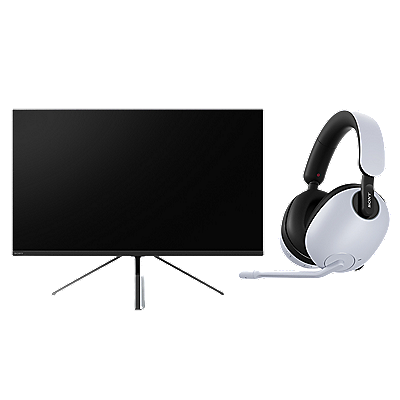The Eco Dashboard displays the TV's power usage on days it was off
IMPORTANT: This article applies only to specific products and/or operating systems. Check Applicable Products and Categories for details.
Power consumption reports for televisions can sometimes display usage for dates when the TV was not in operation, primarily due to two key factors: inaccurate time settings and significant time setting changes:
- Inaccurate time settings
- The TV records power consumption based on its internal time settings. If these settings are not accurate, the Power consumption report graph may not show the correct power consumption for the right dates.
- When the TV is not connected to the Internet and is not receiving digital broadcasts, it can't obtain the correct time. In this case, the TV sets an arbitrary past time as the current time, resulting in inaccurate time settings.
- When you first turn on the TV during the initial setup, if you're not connected to the Internet and haven't scanned for digital broadcasts, the TV may start with the time set to a past date.
- If you continue using the TV with these inaccurate time settings, connect to the Internet, or receive digital broadcasts after completing the initial setup, you might see power consumption for dates before buying the TV.
- Significant time-setting changes
- Whether the Eco Dashboard is active or not, if the time setting changes by more than one day, the report assumes power was consumed during the skipped dates.
- For example, if the time changes from 0:00 on April 1st to 0:00 on April 3rd, the report will assume standby power was consumed from April 1st to April 3rd.
- Because of this feature, if the time suddenly changes significantly (for example, due to an Internet connection or digital broadcast reception) after being inaccurate, the graph may show power consumption for times when the TV wasn't in use.























